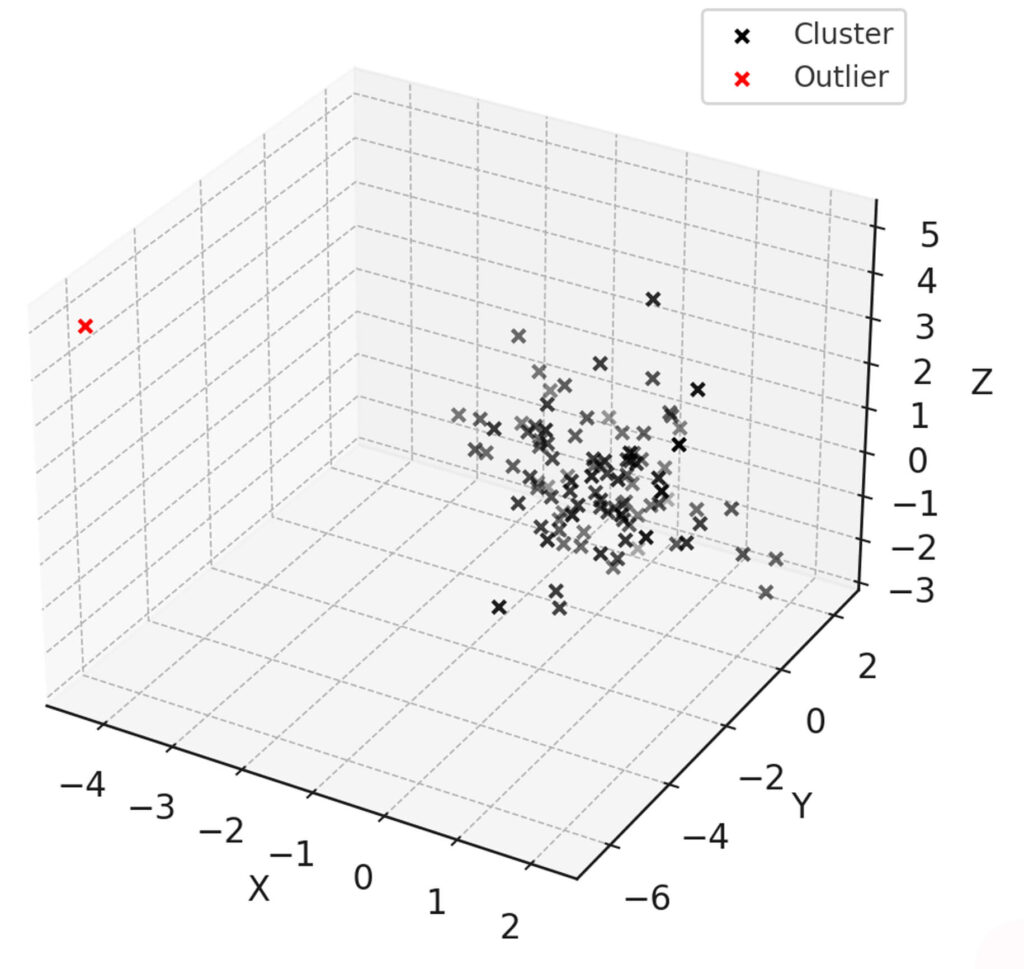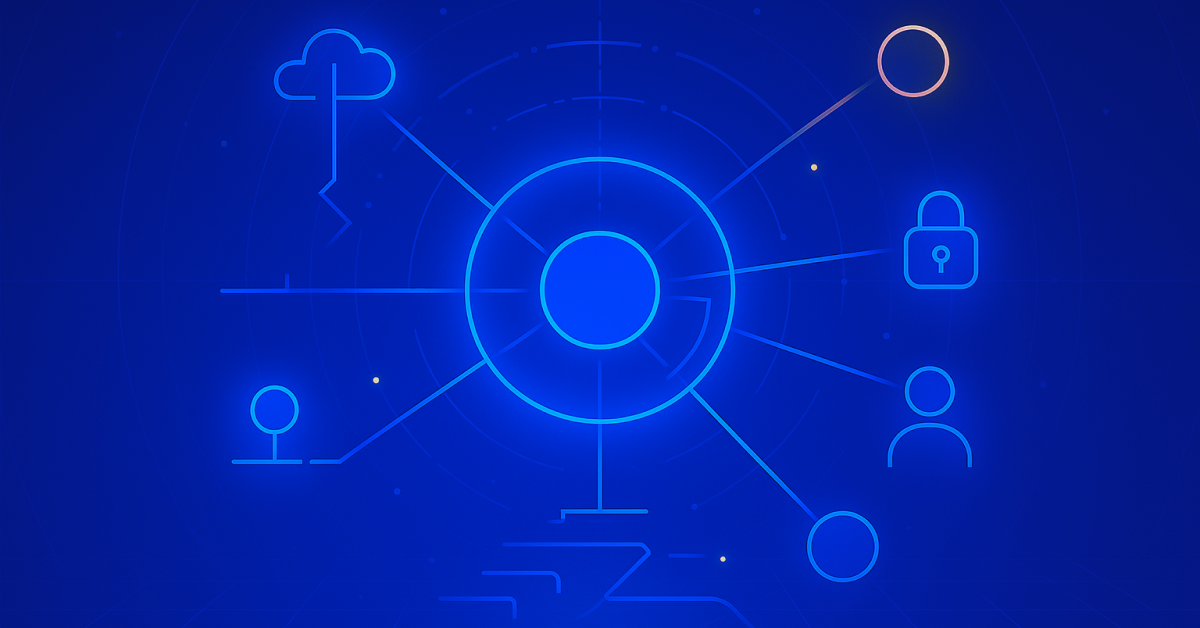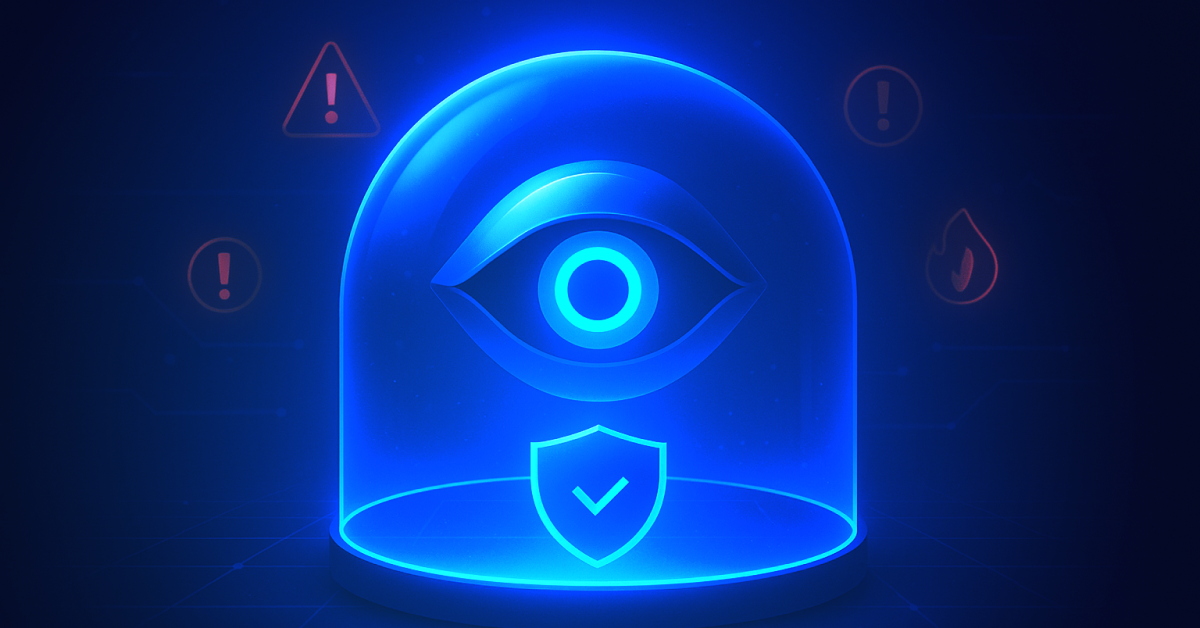As the digital world continues to evolve with artificial intelligence (AI) innovation, there will be an increasing reliance on Software-as-a-Service (SaaS) solutions. This is because nearly every product today is being deployed and sold as SaaS due to the ease of use and seamless onboarding. For developers working on AI software, this results in quicker revenue.
Large language models (LLMs) are going to enhance existing SaaS solutions as well as empower the rapid development of thousands of brand new applications.
The downside of this increased adoption of SaaS is that this will present additional and even more unique security challenges to the organizations and end-users that increasingly rely on these SaaS apps.
Securing SaaS is a tough security challenge. With the incorporation of LLMs into SaaS-focused cybersecurity solutions, some of the pain in securing SaaS apps will be alleviated.
Here are three ways I think LLMs will positively impact SaaS security and cybersecurity more broadly.
1. Understanding Complex Security Controls
First, LLMs can play a pivotal role in demystifying the confusing landscape of SaaS security. With their ability to understand and articulate complex ideas in an accessible way, they will be a huge asset for security engineers.
Imagine this: You’re about to change a configuration setting in your ServiceNow platform. Before you proceed, you want to understand the potential risks. Here’s where an LLM can step in to provide an explanation of the security implications, helping you navigate decisions with much more confidence.
Or consider another scenario: You’re contemplating allowing self-registration on your Workday careers page. But what about the risks? Again, LLMs can offer valuable insights, supporting your decision-making process.
2. Spotting the Unusual: Anomaly Detection
Next on the list is anomaly detection. While LLMs’ “embeddings” — which transform text input into a multidimensional vector array — may seem confusing, they are ultimately just boiling down information into numbers. Those numbers can be compared against each other to determine the distance between them. If the distance is large, the information is significantly different. The potential of this capability is yet to be fully harnessed. Below is a simplified example as LLMs have many more dimensions, but it’s the same principle.

Picture this: Every user event is analyzed and mapped in a multidimensional space. Unusual activities, or anomalies, can then be identified by locating outliers in this space.
And even if embedding every event isn’t feasible, this could be a game-changer for detecting high-privilege users or suspicious permissions that deviate from the norm. This could be performed by sending all user objects and their associated permissions to the embedding model and highlighting the outliers.
3. A New Wave of SaaS Adoption
Finally, let’s talk about the expanding AI market. It’s spawned thousands of new SaaS products, each promising to add value to businesses in unique ways. For example, a February 2023 survey of 1,000 business leaders showed that 49% of respondents currently use ChatGPT in some manner, and 30% plan to start using it. And 93% of those currently using ChatGPT shared that they plan to expand their use of the AI tool. Keep in mind this survey took place only three months after ChatGPT’s launch.
But the rush to keep pace with AI advancements and to leverage these tools means security will take a backseat.

It’s crucial, however, that we don’t let our eagerness to adopt these novel tools overshadow the importance of security. As we integrate more AI-driven SaaS products into our workflows, we increase our exposure to SaaS-related vulnerabilities and misconfigurations. Incorporating new tools into an organization’s tooling can increase risk due to data being sent to new third parties. These tools are also newly developed, so it’s likely they’ve not been as hardened as existing solutions in the market.
Conclusion
Before we wrap up, let’s revisit the key points that have been discussed in this article. We’ve seen how the rise of AI innovation is influencing an increased reliance on SaaS solutions, making them a vital part of today’s digital landscape. However, with this surge in adoption, new security challenges emerge, making the task of securing SaaS applications more complex than ever. LLMs will help to understand complex security controls and potentially enable better anomaly detection as we try to secure the new wave of SaaS adoption.
So, there you have it — the three ways I see LLMs transforming the SaaS security landscape. As we continue to navigate this digital age, let’s not forget that innovation and security are two sides of the same coin. While we start leveraging the power of LLMs, let’s ensure we’re not just keeping up with the times, but doing so safely and securely.
Related Resources
-

ServiceNow Agentic AI: What It Means for CISOs, SOC Analysts, SaaS Admins, and Developers
Agentic AI expands ServiceNow risk. Read why securing AI agents matters for CISOs, InfoSec, SOC, admins, and IT leaders.
-

AppOmni Expands AI Security with Agentic AI Security for ServiceNow
See how AppOmni AgentGuard defends ServiceNow AI agents from prompt injection and access risks, building trust and compliance across platforms.
-

Why Frost & Sullivan named AppOmni a Growth & Innovation Leader in the 2025 Frost Radar™ for SSPM
Frost & Sullivan recognized AppOmni’s leadership in SaaS security innovation, highlighting our AI, Zero Trust, and app-level depth.